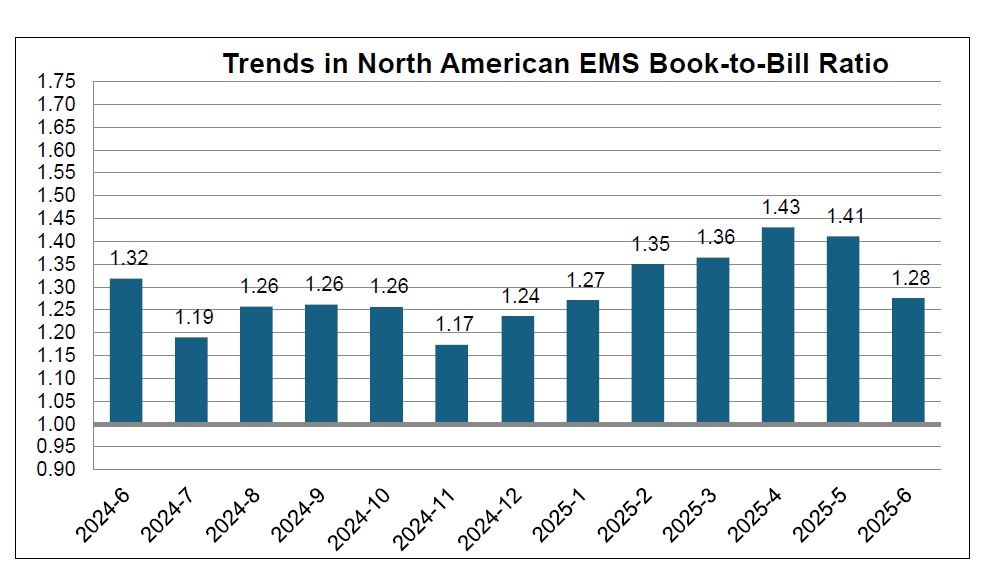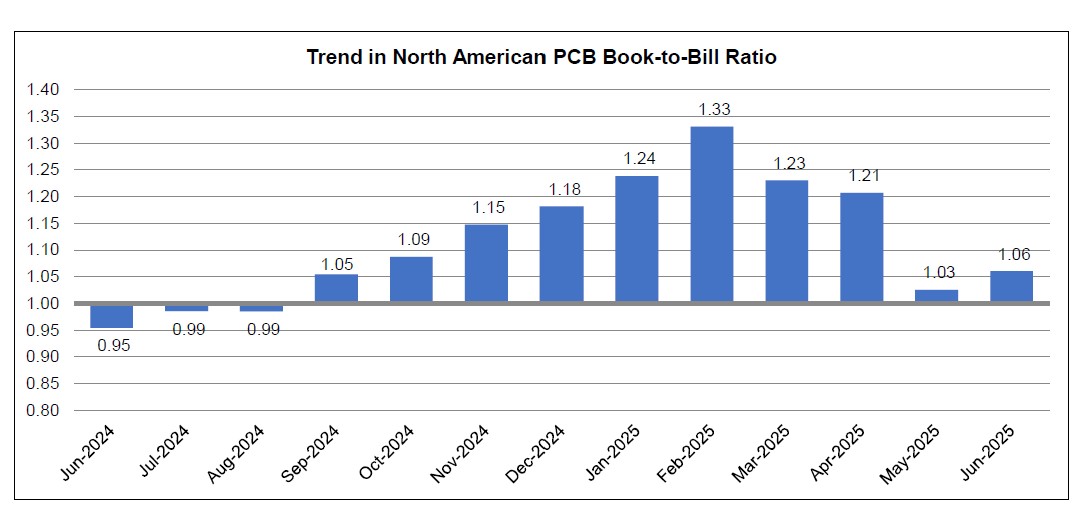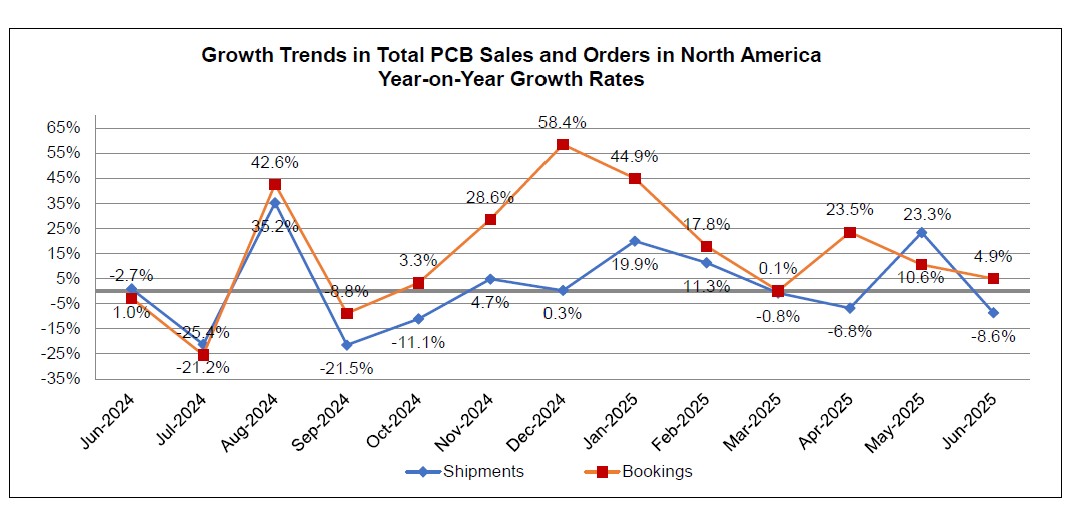U.S. AI Action Plan Should Revive Focus on the Electronics Inside
By Chris Mitchell, Vice President, Global Government Relations
President Donald Trump last week unveiled the National AI Action Plan and signed a trio of executive orders aimed at advancing U.S. leadership in the Global AI race. The Global Electronics Association applauds much of the plan and urges the Administration to prioritize the development of domestic electronics manufacturing capacity, which is a critical foundation for AI leadership.
One of the executive orders aims to accelerate AI data center construction. Last October, the Global Electronics Association published a paper on the actions needed to ensure a resilient supply chain for the electronics used in AI data centers. The paper concluded that several electronics sub-sectors are “critically important” for AI and in need of significant government support to create a stronger supply chain. As further details emerge, we encourage more emphasis on the domestic electronics manufacturing ecosystem to support AI growth.
We also support the plan for the U.S. Department of Commerce to “convene industry and government stakeholders to identify supply chain challenges to American robotics and drone manufacturing.” Every single robot and drone system depends on secure and resilient supply chains for the electronics inside them. And yet numerous government and industry assessments have concluded that the United States lacks adequate capacity to produce cutting-edge printed circuit boards (PCBs) and related components. We urge the Administration to include our industry in these stakeholder groups to ensure electronics manufacturers have a voice in building secure supply chains.
Another positive step is the plan’s acknowledgment that the Defense Production Act (DPA) is crucial to “scaling foundational and translational manufacturing technologies.” The Global Electronics Association has long supported the use of DPA authority to scale specific technologies, and we encourage the Administration to continue DPA investments in domestic production of high-density PCBs to meet U.S. strategic national needs.
Additionally, the plan says the United States should boost the workforce by expanding the use of Registered Apprenticeships in critical sectors. We agree. Since the Global Electronics Association’s Registered Apprenticeship Program was approved by the U.S. Department of Labor in 2023, we have supported the creation of nearly 100 new apprenticeships across nine companies; secured grant funding to offset employer costs; and published an Apprenticeship Playbook to make adopting such programs easier than ever.
Rebuilding U.S. electronics manufacturing is essential to America’s autonomy and resilience in AI, and it will require sustained, strategic leadership. President Trump’s focus on revitalizing domestic manufacturing offers a strong platform for action. But without deliberate and ongoing investment, America’s capacity to produce the electronics that power its AI infrastructure, defense systems, and economy will erode—leaving the nation increasingly vulnerable to foreign suppliers and supply chain disruptions.


